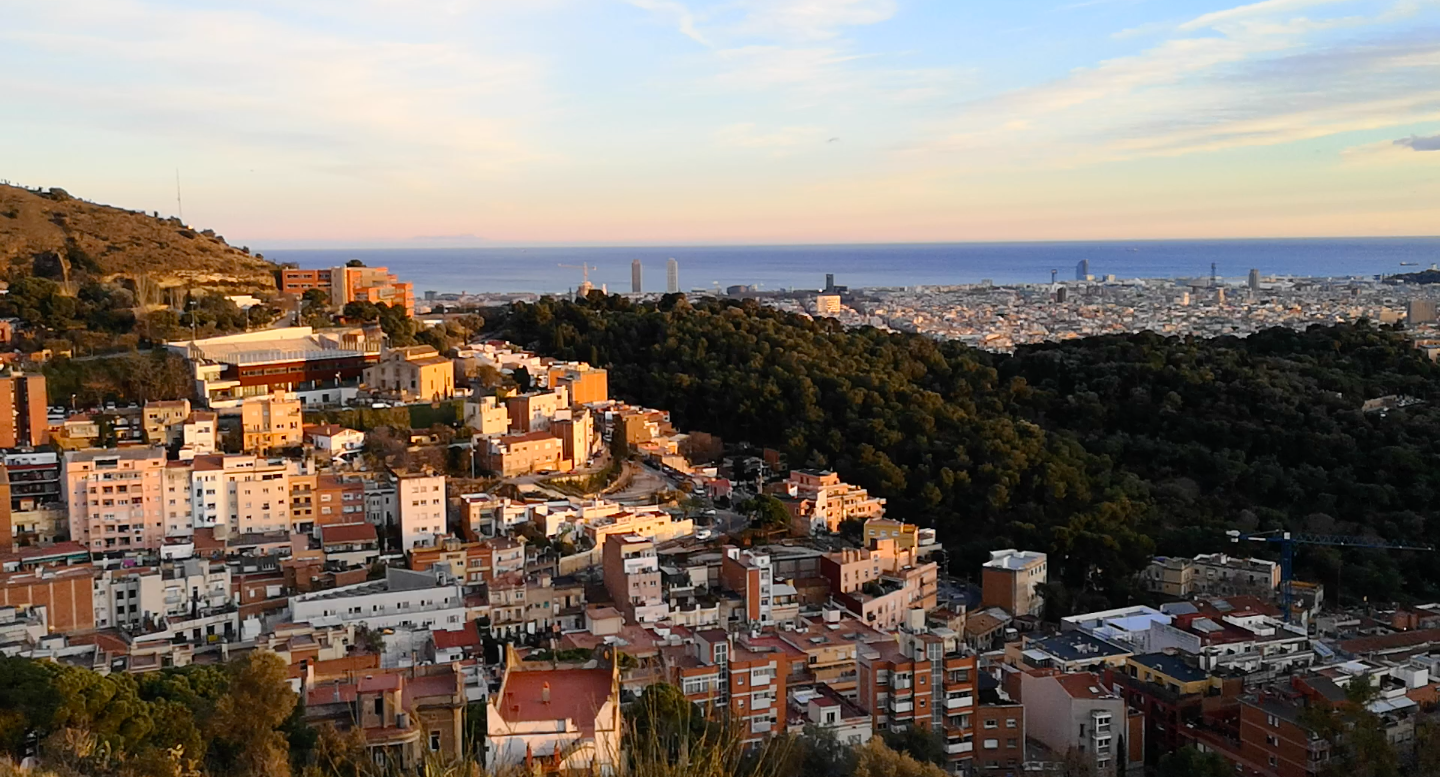After Covid-19, Barcelona shows a contrasting picture in terms of its socioeconomic distribution, with some neighborhoods emerging as the wealthiest and others struggling with poverty.
According to the latest Territorial Socioeconomic Index (IST) of the Statistical Institute of Catalonia (Idescat) with data from 2020, the gap between the most affluent and the most impoverished neighborhoods is significant.
The richest
In the top 5 of the richest neighborhoods is the district of Sarrià – Sant Gervasi, dominating the list of affluent territories. Tres Torres leads the ranking with an index of 135.9% compared to the Catalan average, followed by Sant Gervasi-Galvany (131.3%), Pedralbes (129.6%), Sant Gervasi-Bonanova (129.5%) and Sarrià (129.4%).
These areas stand out for their high employed population and low presence of low-skilled workers, as well as for having a significant proportion of population with higher education and an average income per person that is double the average for Catalonia.
The poorest
On the other hand, the five poorest neighborhoods in Barcelona are located in different districts and are located close to the city’s borders.
Ciutat Meridiana tops the list with an index of 66.1% compared to the Catalan average, followed by El Besòs i el Maresme (72.4%), Trinitat Vella (73.0%), La Marina del Prat Vermell (73.7%) and Vallbona (74.7%).
These areas face challenges in terms of low employment, a greater presence of low-skilled workers and a young population with less access to post-compulsory education. In addition, the average income per person in these neighborhoods is significantly lower than the Catalan average.
After Covid-19 the differences are more noticeable
Idescat’s analysis also shows a portrait of the socioeconomic differences between the richest and poorest neighborhoods.
For example, in Tres Torres a large majority of the population is employed, with a minimal proportion of low-skilled workers and a high presence of people with higher education.
On the other hand, in Ciutat Meridiana, employment is lower, with a higher percentage of low-skilled workers and a significant young population without post-compulsory education.
These socioeconomic disparities reflect the reality of the city and highlight the importance of addressing inequalities to achieve a more inclusive society.
The analysis of the Territorial Socioeconomic Index, IST, not only provides a snapshot of the situation in Barcelona, but also sheds light on the distribution of wealth and well-being throughout Catalonia, offering key information for decision-making in public policy and community development.
Municipalities
In terms of municipalities with more than 500 inhabitants, Matadepera, Sant Cugat del Vallès and Castellolí (Barcelona) have the highest socioeconomic index in Catalonia.
At the other extreme, Barbens and Seròs (Lleida) and Salt (Girona) have the lowest socioeconomic index.

